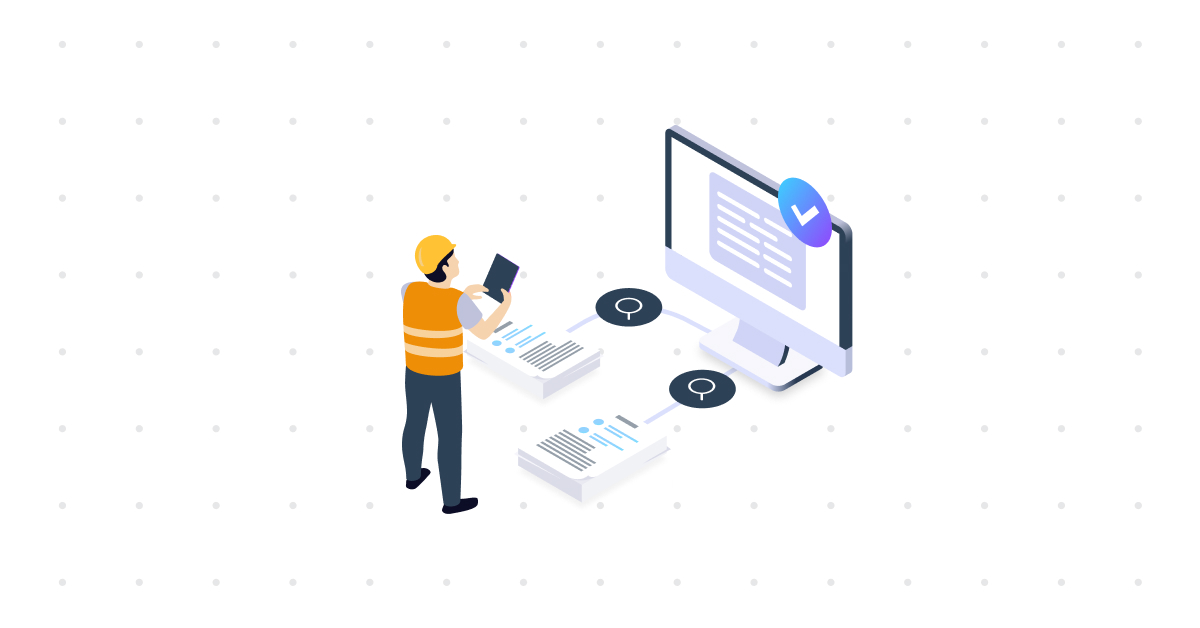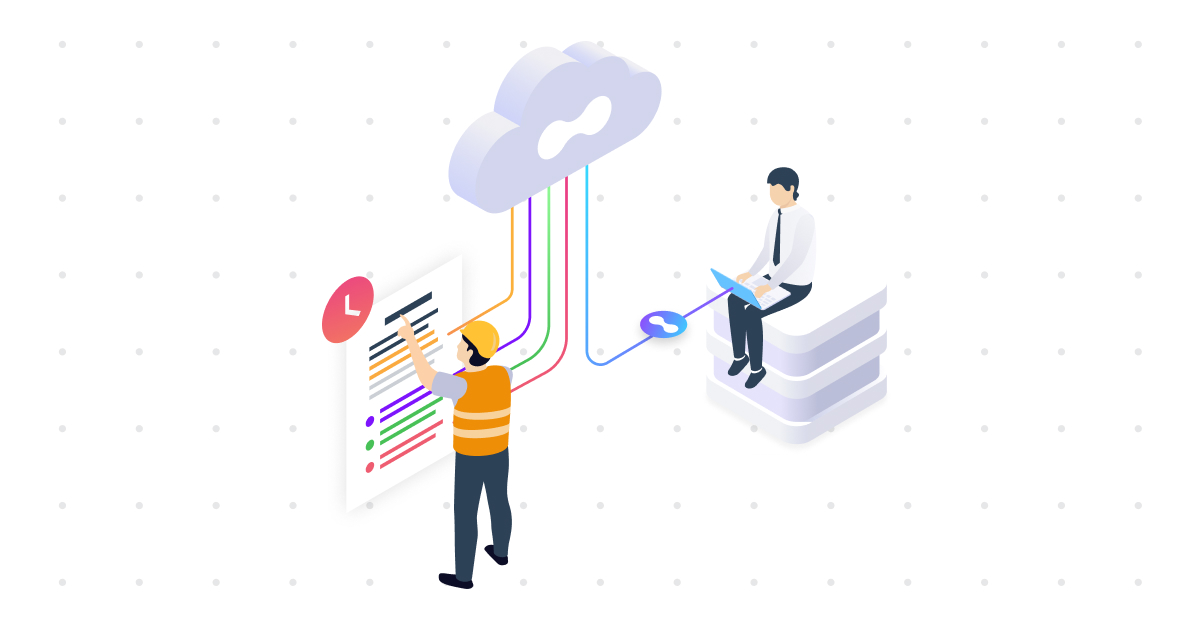What is the difference between Ontologies and Object Type Libraries (OTLs)
- Insight
In today’s data-rich environments, organizations face growing pressure to improve their information management and data exchange. Two essential concepts that support this are Ontologies and Object Type Libraries (OTLs).
Both are foundational to structuring and standardizing data. While they have different emphases, they are not opposites. Instead, they often work hand-in-hand. Understanding their roles and how they complement each other is key to achieving data interoperability, reduced ambiguity, and more efficient data handovers.
This blog post explains the fundamentals of ontologies and OTLs, clarifies how they are used, and highlights how they contribute to better data governance.
What is Ontology Management?
Ontology Management is the practice of creating, managing, and distributing ontologies. Ontologies can be seen as structured vocabularies that bring consistency to how information is defined, categorized, and exchanged. Whether it’s a corporate Object Type Library (OTL), a domain dictionary, or a reference classification system, Ontology Management gives professionals the tools to control their data standards at scale.
Used in domains like construction, oil and gas, healthcare, manufacturing, and public infrastructure, ontologies underpin initiatives like ‘Digital twins’, ‘Sector-wide data standards’, ‘Enterprise data strategies’, and ‘Regulatory compliance.’
Tools like the Laces Ontology Manager make it easy for non-technical roles, such as information managers and data stewards, to control these data standards at scale without writing code.
What is an Ontology and an OTL?
An ontology is a semantic model or a structured framework that defines concepts (e.g., objects, actions, classifications), the relationships between them, and the logic or rules that govern their interactions. It enables:
- Semantic interoperability: ensuring different systems and teams interpret data consistently
- Knowledge discovery: supporting reasoning and automation through defined logic
- Scalable data governance: enabling updates and extensions without breaking existing structures
An Object Type Library (OTL) is typically a domain-specific implementation of ontology principles. It defines concrete object types, attributes, and relationships in a structured and reusable way. In everyday practice, an OTL is often referred to as an ontology, making it difficult and unnecessary to distinguish between the two. They share a significant overlap in both structure and purpose. In many cases, OTLs are ontologies, built with the same formal methods, but with a sharper focus on real-world applications and industry-specific needs.
OTLs help:
- Consistent object descriptions (e.g., pipes, pumps, roads)
- Structured data exchange in projects
- Alignment with standards like BIM or asset hierarchies
Ontology vs. OTLs: How They Work Together
Rather than viewing ontologies and OTLs as distinct categories, seeing them as parts of the same semantic ecosystem is better. Ontologies provide the broader conceptual framework; OTLs apply that framework in a structured, practical way within a specific domain.

Take control of your standards
Whether you’re managing infrastructure, engineering a digital twin, or rolling out a sector-wide standard, aligning ontologies and OTLs brings tangible benefits:
- Higher data quality and consistency
- Faster project delivery through better data handovers
- Lower integration costs and IT overhead
- Better decision-making with standardized context-rich data
- Stronger compliance with regulatory and industry frameworks
Standardizing your information isn’t just an IT concern; it’s a strategic imperative. With tools like our Laces Ontology Manager, organizations are empowering non-technical experts to define and govern data standards that scale across systems, teams, and industries.
Contact us for a demo or to learn how we support your industry’s information standards.
Structure, Link, and Reclaim Control Over Requirements
In today’s complex engineering landscape, clarity is non-negotiable whether you’re working on a new satellite platform, an electric vehicle, or a regional water system. The systems we build are more complex, integrated, and dependent on data than ever before. And yet, one of the most critical ingredients for success, the specification, is still too often […]
ReadWhy You Should Use Laces to Simplify Verification and Compliance
Verification plays a critical role in industries where precision, safety, and accountability are non-negotiable, whether you’re designing infrastructure, building vehicles, or manufacturing medical devices. Yet, for many teams, managing the verification process is still a complex, manual, and error-prone task. This is where the Laces Requirements Manager comes in. It simplifies the planning and execution […]
ReadExtracting Specifications from Documents: Manual vs. NLP-Based Extraction
Extracting, interpreting, and applying specifications from technical documents, like standards, contracts, or regulations, is often a necessary but painstaking part of project or product management. Traditionally, this has been done manually, but recent advances in Natural Language Processing (NLP) have opened up new, intelligent alternatives. In this blog, we’ll explore the differences between manual and […]
Read


